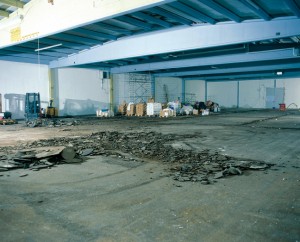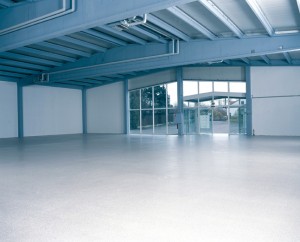Liquid Floor Leveling Compound: Tackling A Damaged Floor
A Liquid Floor Leveling Compound Makes for an Enduring Floor System
Well, we all know the law of physics, Pascal’s principle, which tells us that water seeks its own level. Thus water that is at rest is at the same level as all the other water surrounding it. This is so because of the earth’s gravity. So, we were taught that the surface of the liquid is actually being exposed to atmospheric pressure, or put another way; it is reacting to the pressure of the immediate air being exerted on its surface.
Based on this need, those with uneven flooring might be heavily tempted to purchase one of those self-finishing interior floor toppings that theoretically creates its own underlayment. The goal of the product is to produce a smooth surface that is then completely ready for resilient flooring, or perhaps ceramic tile. Their “claim to fame” is that there is no troweling required.
The companies that sell this type of flooring resurfacer stringently proclaim that it is best to be used for brand new pre-cast slabs and concrete floors that have an unacceptable finish or that it is ideal for resurfacing any existing floors whose finishes have been damaged. That sounds thoroughly ideal until one looks deeper into the problem as well as the solution.
Now there are liquid floor leveling compounds that can be utilized on wooden floors, although many still believe that one should use furring strips on the joists. Because each joist will need different thicknesses and thus a different gradient of furring strip, this is definitely a very tricky job. Therefore, science has instead come up with a liquid floor-leveling compound that has fibers in it. The very fibers in it will enable you to use it on wooden floors.
After all is said and done though, one of the best liquid floor leveling compounds that can be found today is Silikal. And best yet, it can be utilized on all manner of flooring too! You see “regular” epoxies are polymer materials, which begin their life as liquids, but then a chemical reaction takes place and they convert into a solid polymer. In theory, this creates the most adhesive polymer possible, and its formulation can be heavily relied upon to make a completely non-porous and thoroughly seamless installation. Unfortunately this is not true of other epoxy products except Silikal, which utilizes “enhanced” MMA, which is methyl methacrylate. This product does create an impenetrable bond to the subflooring, is a floor-leveling compound, and is practically indestructible, therefore it creates a floor that will conceivably outlast the floor it is laid upon.
Back when MMA first came out for use as a liquid floor-leveling compound, unfortunately one of its problems was that it took ages to actually set. That meant that whatever business utilized it, had to shut completely down for at least 24 hours, sometime longer if the set up took longer to prepare. This then, created a problem for most businesses that cannot afford to lock their doors for this length of time. At last, along came Silikal, which utilizes “enhanced” MMA, and suddenly the whole floor-leveling world changed. Silikal, you see, will set up in one hour, and after that one hour, one can bring cars onto the surface and even forklifts and loads of foot traffic as it will be completely cured and ready for operation.


